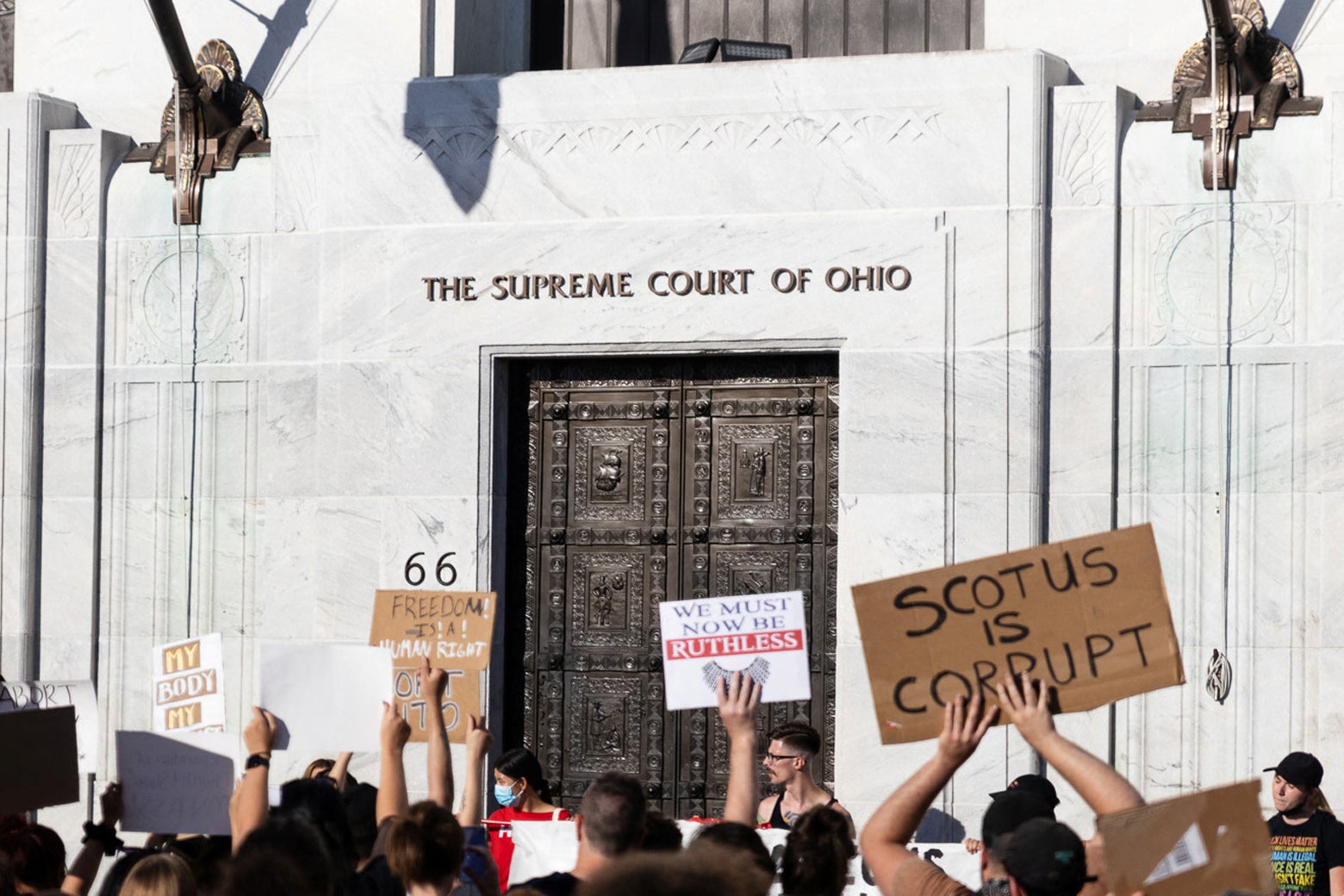In November, Ohio residents will have an opportunity to vote on Issue 1, a constitutional amendment that would finally abolish the state’s extreme partisan gerrymandering. Voters will not, however, be informed of this fact on the ballot. Instead, the Ohio Supreme Court’s Republican majority ruled Monday that the amendment will be described in egregiously misleading terms on the ballot itself, with ultra-biased language designed to turn citizens against it. Incredibly, a proposal that would end gerrymandering will be framed as a proposal to require gerrymandering, a patently false representation of its intent and effect. The court’s 4–3 decision marks yet another effort to subvert democracy in Ohio by Republicans who fear that the citizenry—when given a voice on the matter—might dare to loosen their stranglehold on power.
https://slate.com/news-and-politics/2024/09/ohio-supreme-court-voter-fraud-gop.html



Nope. I meant for running elections. You need multiple winners in the same election for SPAV to be different from just straight Approval (vote for one or more, most votes wins). With my suggestion of 5 members per district, the candidates all run for legislator of the district, and then 5 winners are chosen using SPAV. Any semi-proportional method will work, but SPAV is arguably the way to go for a whole pile of reasons.
Anyway, so if you’re a voter in that district, you will have 5 representatives you can go talk to. With a 2-party system, usually 2 or 3 of them will be from your party. The legislature as a whole would be made up of some number of these districts, each with 5 officials. They all participate in the legislature like normal, there’s no difference between the 1st awarded seat or the last.
The reason you do this is because the people in each district will be much much more likely to have at least 1 legislator that actually represents them and their district. The legislature as a whole will also approximate the voting population as a whole in terms of votes per party vs seats per party. It makes it functionally impossible to gerrymander because if you try cracking and packing you’ll really just be moving around who wins the last couple seats in any given district, but you’ll have a hard time actually changing the overall makeup of the legislature.
Okay, that makes a lot of sense. Thanks for explaining it further. It does sound like a very nice system.